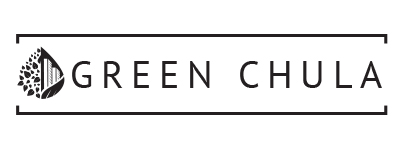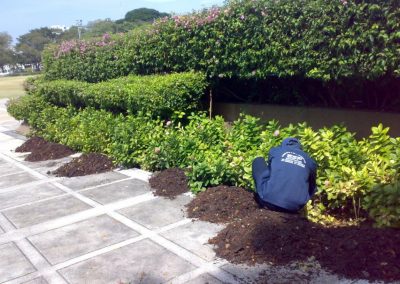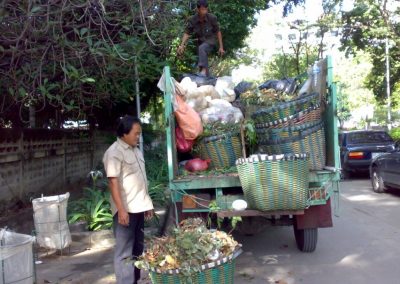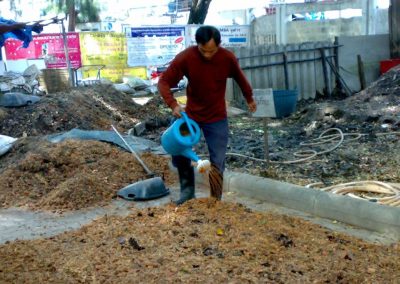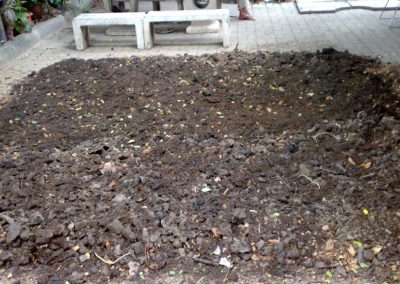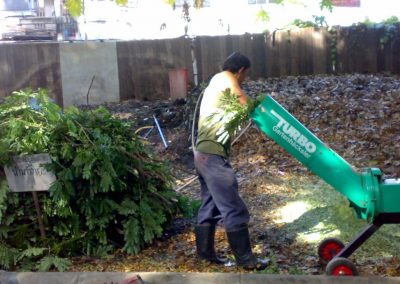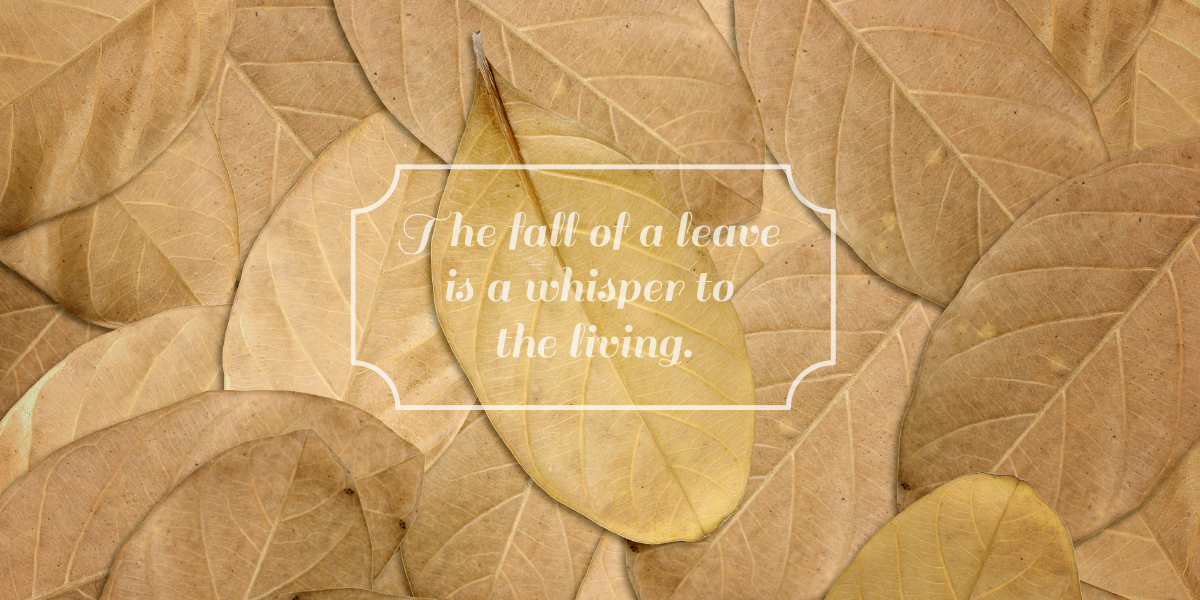
The Challenge
The university campus has been producing an average of 3,600 cubic meters of leaf refuse per year. This, in the past, meant a high cost for disposal. To solve this problem, the Office of Physical Resources Management h established a recycling center that can transform leaves and branches into organic fertilizer, with the following results:
- Reduced refuse disposal costs
- Reduced cost for fertilizer
- Increased university sustainable operation
- Enhanced campus environment
The Method
The recycling process for leaves and branches includes the following steps:
- Trash disposal officers are assigned to gather leaves and branches, and bring them to the Recycle Center.
- Small leaves are separated from bigger leaves and branches to be directly fermented, while larger leaves and branches must first be pulverized prior to fermentation.
- During fermentation, the fermented leaves must be consistently watered twice a day. After 90 days, the fermented leaves, or now compost, produces biological liquid that is highly nutritious for plants.
- Before the now fermentation is completed, the material must be mixed with coconut shells or coir to produce fertilizer.
- The fertilizer is then stored in bags for future use.
The Result
Without this project, the university must pay for the disposal off 3,600 cubic meters of leaf refuse per year. This project has saved substantial expense, while it also reduces the cost of fertilizer required to maintain campus greenery.
Next Step
With the ongoing progress of the “Green University” campaign, green areas are being expanded on campus. This will mean a gradual increase in leaf refuse. To prepare for this, the Office of Physical Resources Management is expanding the size of the Recycling Center.
ติดต่อเรา
โครงการ Green Chula จุฬาลงกรณ์มหาวิทยาลัย 254 ถนนพญาไท แขวงวังใหม่ เขตปทุมวัน กทม. 10330 โทรศัพท์: 02-215-3555
